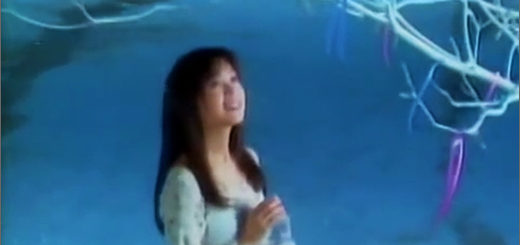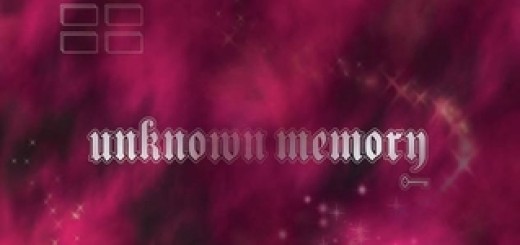Crossfader’s Post-Rock Primer
In terms of genres of music that aren’t easily condensed or codified, post-rock might be the most difficult to nail down into a singular umbrella. The term originates from music critic Simon Reynolds who coined it in a 1994 review of the album HEX by the band Bark Psychosis, and in a follow up essay in the Wire expanding on the term. In that essay, he defines the genre as “using rock instrumentation for non-rock purposes, using guitars as facilitators of timbres and textures rather than riffs and power chords.” To that end, post-rock is generally driven by intricate instrumentation and lengthy progressive compositions that will stretch on for 10, 15, or even 30 minutes at a time. Beyond that, what the genre accomplishes and what other influences it plays with is fairly wide open and disparate. Post-rock can sometimes be derogatorily referred to as “film score music,” and for obvious reasons. The sweeping, epic nature of some of these records inherently calls to mind films like 2001: A SPACE ODYSSEY and APOCALYPSE NOW. However, delving deeper into the genre uncovers a musical soundscape not particularly tied to any tropes or conventions, liberated from self-imposed constraints many artists will put on themselves while trying to make music within the confines of less forward-thinking genres.
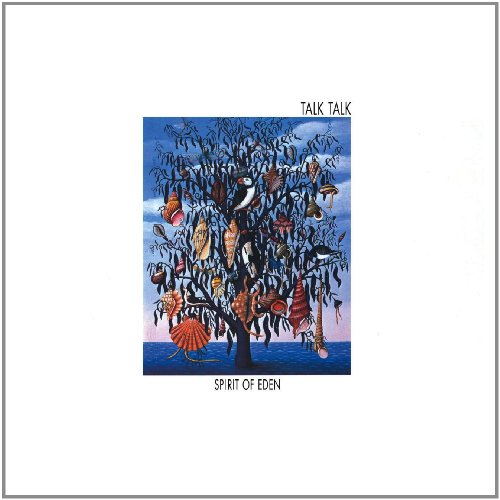
Talk Talk – SPIRIT OF EDEN
Year: 1988
Favorite Tracks: “The Rainbow,” “Eden,” “The Inheritance”
While rock and roll in general was caught in a tussle between hair metal and the early stages of alt-rock, Talk Talk released this quiet, rich, and decidedly mature album into the fold. Whereas later post-rock releases would rely on deafening walls of sound to make themselves heard, Talk Talk instead chose steadily confident melodies and grooves to build on and interweave with bursts of trumpets, harmonicas, and keys to heavily dramatic effect. Not only is this record radically ahead of its time, it is a radically emotional record; daring and unafraid to present fragile and gentle emotional states in a time when traditional rock was still heavily dominated by outward aggression and singular anger.
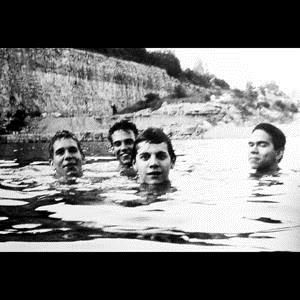
Slint – SPIDERLAND
Year: 1991
Favorite Tracks: “Breadcrumb Trail,” “Don, Aman,” “Good Morning, Captain”
An excellent example of how post-rock can dance a delicate balance in multiple genres while definitively remaining post-rock instead of simply falling into other forms of subcategorization. Musically, this record draws heavily from the post-hardcore explorations of contemporary bands like Fugazi, while adding its own complex layers of dark syncopation. In many ways, this makes it the most traditional rock record on this list. Every track features four band members playing traditional rock instruments, albeit in odder arrangements than normally heard on rock records. However, Brian McMahan’s deadened, desperate spoken word is something truly original. Although spoken word has been used to varying ends throughout rock history, this is the first album to make it the focus of an entire album, and it’s incredibly satisfying in its execution here. It leads to a cold, desperate album that would influence emo, post-punk, and post-rock all in one. Just try to predict where album closer “Good Morning, Captain” will go from one moment to the next — the track is a whirlwind of carefully calculated intensity.

Bark Psychosis – HEX
Year: 1994
Favorite Tracks: “The Loom,” “Absent Friend”
This is the band most directly influenced by Talk Talk, and this is the album previously mentioned as being notorious for being the definitive beginning of post-rock as a genre. HEX is a gentle, expansive work entirely unafraid to experiment with vibraphone, trumpets, and violins without ever getting bogged down in simply being “an album that uses trumpets and vibraphones.” With roughly 14 musicians contributing to various parts of this record, it could almost feel more like contemporary classical or nu jazz at times if not for the prominent use of guitars and vocals. This is a group of musicians deeply committed to discovering what sounds they can pull out of their instruments, refusing to fall into the easily understood song structures that make up huge swaths of music. Sometimes this means the band drifts off into unengaging territories, but when they deliver fully, on tracks like “Absent Friend,” the effect is wholly transportative and entirely unique.
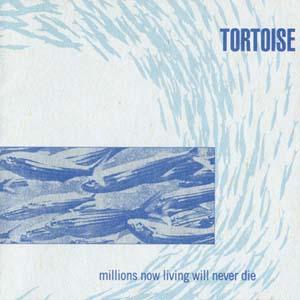
Tortoise – MILLIONS NOW LIVING WILL NEVER DIE
Year: 1996
Favorite Tracks: “Djed,” “The Taut and Tame,” “A Survey”
This is another relatively subdued album on this list, but by no means does that make it a boring one. Tortoise generally goes against inclinations to make their music loud or aggressive, but their intricate and ever-changing arrangements are absolutely stirring if given enough time. Taking influence from neo-classical composers such as Philip Glass, this is an album that ventures into territories most contemporary rock could never even dream of. 20 minute album opener “Djed” feels like following a body of water as it flows from a tranquil pond, to a small creek, to a river, to a vast ocean. Just when it will seem like the song is winding down to a close, Tortoise will seem to find a way to wiggle their way to a new rhythm, groove, or melody, as elusive and fluid as drops of water. It’s another prescient example that music doesn’t have to simply be loud to be epic and sweeping in scope.
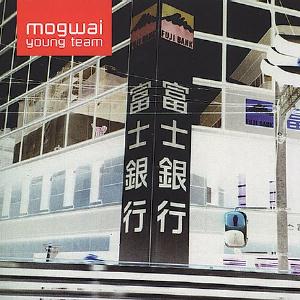
Mogwai – YOUNG TEAM
Year: 1997
Favorite Tracks: “Katrien,” “Tracy”
Similar to how Slint didn’t shy away from using spoken word in their songs, YOUNG TEAM is at its most interesting when it uses various samples of recorded audio mixed in with the sweeping and varied instrumentation. This is particularly evident on “Tracy,” where Mogwai delve into a wandering jam session, bookended by a tense, confusing phone conversation. By not focusing on traditional singing and instead relying on drawing out the rhythms and drama in everyday conversation, Mogwai created a great record that exemplifies the post-rock mindset; that rock music can and should be a lot more than a handful of chords and a verse/chorus/verse song structure.
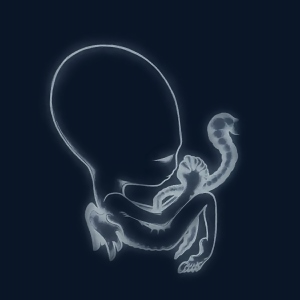
Sigur Ros – AGAETIS BYRJUN
Year: 1999
Favorite Tracks: “Staraflur,” “Svefn-g-englar”
Everyone’s favorite “weird foreign band” really made a name for themselves with this album about rebirth and rejuvenation. What’s interesting about AGAETIS BYRJUN is that despite how strange the Icelandic band undeniably is, it’s still an intensely enjoyable experience to take in. (So enjoyable, in fact, that Coldplay would go on to lift a couple melodies from it.) The overwhelming sense of ease and comfort that leaks out of almost every track on this record is remarkable, the album art really does perfectly encapsulate the womb-like setting it places the listener in. In high school, I knew a kid who would walk around listening to Sigur Ros on repeat with one earbud in no matter what else he was doing. That’s the most apt way to describe the warm bath the band created that just makes you want to soak it in forever.
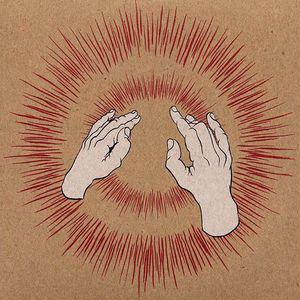
Godspeed You! Black Emperor – LIFT YR. SKINNY FISTS LIKE ANTENNAS TO HEAVEN!
Year: 2000
Favorite Tracks: The Whole Damn Thing
If there is one album that absolutely everyone should hear from this list, it is undeniably LIFT YOUR SKINNY FISTS LIKE ANTENNAS TO HEAVEN. As absurd as the title is, it’s also incredibly fitting for this release. A desperate, bleeding, transcendent explosion of noise, fear, and joy; this is one of the most important albums in recorded music, let alone in post-rock. Godspeed You! had released a couple daring, intense records before LIFT and would go on to release a few more, but nothing would never quite reach the pinnacle of LIFT again. Each track clocks in at over 18 minutes in length and the depth and breadth of each of those tracks continues to be astounding today. This is an album of such magnitude that it’s best to simply lie back and let it rattle you to your very core. It might just change your life.
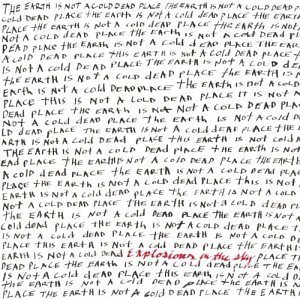
Explosions in the Sky – THE EARTH IS NOT A COLD DEAD PLACE
Year: 2003
Favorite Tracks: “First Breath After Coma,” “Memorial,” “Your Hand in Mine”
Explosions in the Sky is a band that deserves a lot of credit just for introducing an entire generation to the idea that entirely instrumental music could be emotionally gratifying to soak up. Somehow it always felt like they were able to say so much more by not singing and allowing their song titles to convey everything that was trying to be expressed through the music. The Texas quartet have mostly made variations on the same type of intricate layers of guitar work since 1999, and it’s generally agreed that they perfected their formula on THE EARTH IS NOT A COLD DEAD PLACE. Featuring more layers of twinkling guitars than you can shake a heartfelt indie fist at, there’s a reason Explosions would famously go on to supply the music for the show Friday Night Lights. The music is perfect for the bright, desperate days at the very end of adolescence, or for taking you back to them.
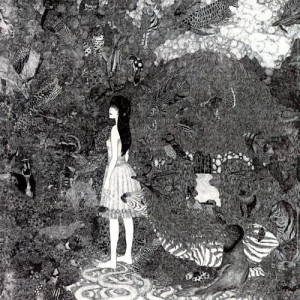
World’s End Girlfriend – HURTBREAK WONDERLAND
Year: 2007
Favorite Tracks: “Birthday Resistance,” “100 Years of Choke,” “Grass Ark,” “Ghost of a Horse Under the Chandelier,” “Bless Yourself Bleed”
As the name suggests, this album by Japanese multi-instrumentalist Katsuhiko Maeda takes the listener on a wondrous and emotional trek through realms unknown. Heavily inspired by his father’s classical music collection, Maeda composes an intense pathway through this peculiar musical province with plenty of bizarre turns leading to an unforgettable atmosphere. Though elements of classical do cement this project together, Maeda does not hesitate in taking a number of influences no one else would have ever thought of combining before. Jazz, breakcore, glitch, a healthy dose of guitar, and even a field recording or two all culminate together to subvert any and all expectations. Just like Lewis Carroll’s Alice, right when you think you’re home free, WONDERLAND will throw you for another loop. [Alexander Larios]
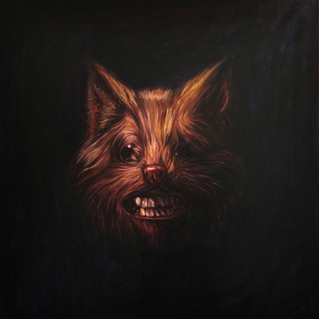
Swans – THE SEER
Year: 2012
Favorite Tracks: “Mother of the World,” “The Seer,” “The Seer Returns,” “The Daughter Brings the Water,” “Song for a Warrior,” “A Piece of the Sky”
Michael Gira, the madman responsible for the titanic monolith of music known as Swans, has been on quite the musical journey over the course of his career. Tracing back to FILTH and COP/YOUNG GOD in the mid-80s, Gira has always made abrasive, intense music not intended for the faint of heart, but originally with a much more post-industrial leaning. Since the 2010 release of MY FATHER WILL GUIDE ME A ROPE TO THE SKY, that abrasiveness has transformed into compositions of astounding magnitude and scope. The intensity, mania, and anger can still be felt in a lot of Swans’ later work, but there’s been a newfound layer of power and grandeur that makes Swans one of the most fascinating bands in modern music. While 2014’s TO BE KIND could just as easily make this list as THE SEER, the latter is the first time Gira truly perfected the crafting of a double-LP concept record. The title track on this album is nothing short of a 32-minute descent into hell; it’s panic attack inducing no matter how many times it’s listened to. However, there are also moments of sheer joy and ease, particularly “A Piece of the Sky.” Gira may want to punish his listener’s ears, but more than anything he wants to show them a full range of emotional experience that just isn’t possible in day-to-day life. It’s what really makes it a preeminent example of post-rock, music that boldly goes into some of the further reaches of what’s possible in music.


